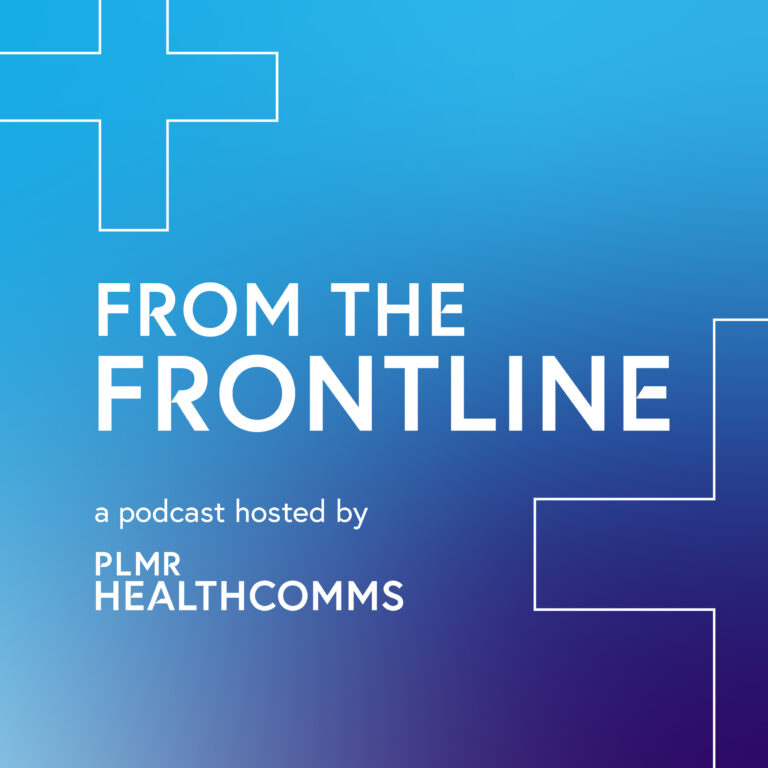Sometime between now and early February a very special baby is set to be born. His coming has been foretold for some time and the birth will signal a new age for the capital. However, to paraphrase Monty Python, he (or she) is not the Messiah but rather the record-breaking birth that will push London’s population over 8.615 million for the first time.
As such, rather than a stable, that special baby will probably be born in the Royal London Hospital in Whitechapel (the largest hospital with a maternity ward in Tower Hamlets, the borough which has had the fastest-growing population between the 2001 and 2011 censuses). Based on the current trend in baby names in the capital he or she is likely to be named Muhammad or Amelia. Instead of gold frankincense and myrrh, any passing wise men are likely to leave gifts of an oyster card, a West Ham onesie, and a copy of the Evening Standard. If the record-breaking baby strains their ears they may even be able to hear the distant sound of Bow Bells – qualifying them to be considered a genuine Cockney.
However, Muhammad or Amelia’s record breaking status will be short-lived. Demographers are predicting that London’s population will continue to rise, hitting 9 million by 2021 and 10 million by 2030. Over the next fifteen years, London’s population will expand at a rate equivalent to adding the entire population of Southwark every three years.
This population growth will have a profound impact on London’s political balance.
Of the ten boroughs that the GLA predicts will see the largest population growth per year, eight are currently Labour controlled. Tory bastion Kensington & Chelsea is expected to see the slowest population growth up to 2030. This suggests that it is going to get less and less likely that the capital will return a Conservative Mayor. Ward, constituency and borough boundaries may have to be re-drawn radically and more frequently to remain proportionate and prevent elected representatives from drowning in a rising tide of casework. In 2012 the fastest growing constituency population and the largest urban constituency were Poplar & Limehouse and West Ham respectively.
The Greater London region of 2030 will almost certainly send more MPs to Westminster (and MEPs to Brussels) than it currently does. More of these MPs will represent seats in East London and, in all probability, they will be wearing red rosettes rather than blue.
The impact of such rapid population expansion on the everyday life of Londoners will also be significant.
Housing supply – already one of the most politically-charged issues in the capital – is likely to come under even greater pressure. Developers and planners will have to choose whether to build upwards (increasing population density and transport congestion) or outwards (consuming greenbelt and perhaps expanding the capital’s boundaries to swallow up areas outside the M25).
The London Underground is already under strain, setting new ridership records in each of the past 5 years. The Tube may get less congested in the short term as new infrastructure like Crossrail adds 10% more capacity to the network from 2018 but, by 2030, population growth will ensure that congestion levels on the Underground will be back to where they are now (or worse). Other public services such as schools and hospitals will be in greater demand, adding to the existing calls for London to retain a much greater share of its tax revenue than it currently does.
A lack of available housing, overstretched public services, poorer air quality, a congested transport system and gridlocked roads. Policy makers are going to need to take urgent and radical action if they want to make sure that a bigger London is still a ‘greater London’ in terms of the quality of life of its citizens.
Related blogs
A bridge too few in London
Is TFL ready for commercialisation?
Why London is moving East




